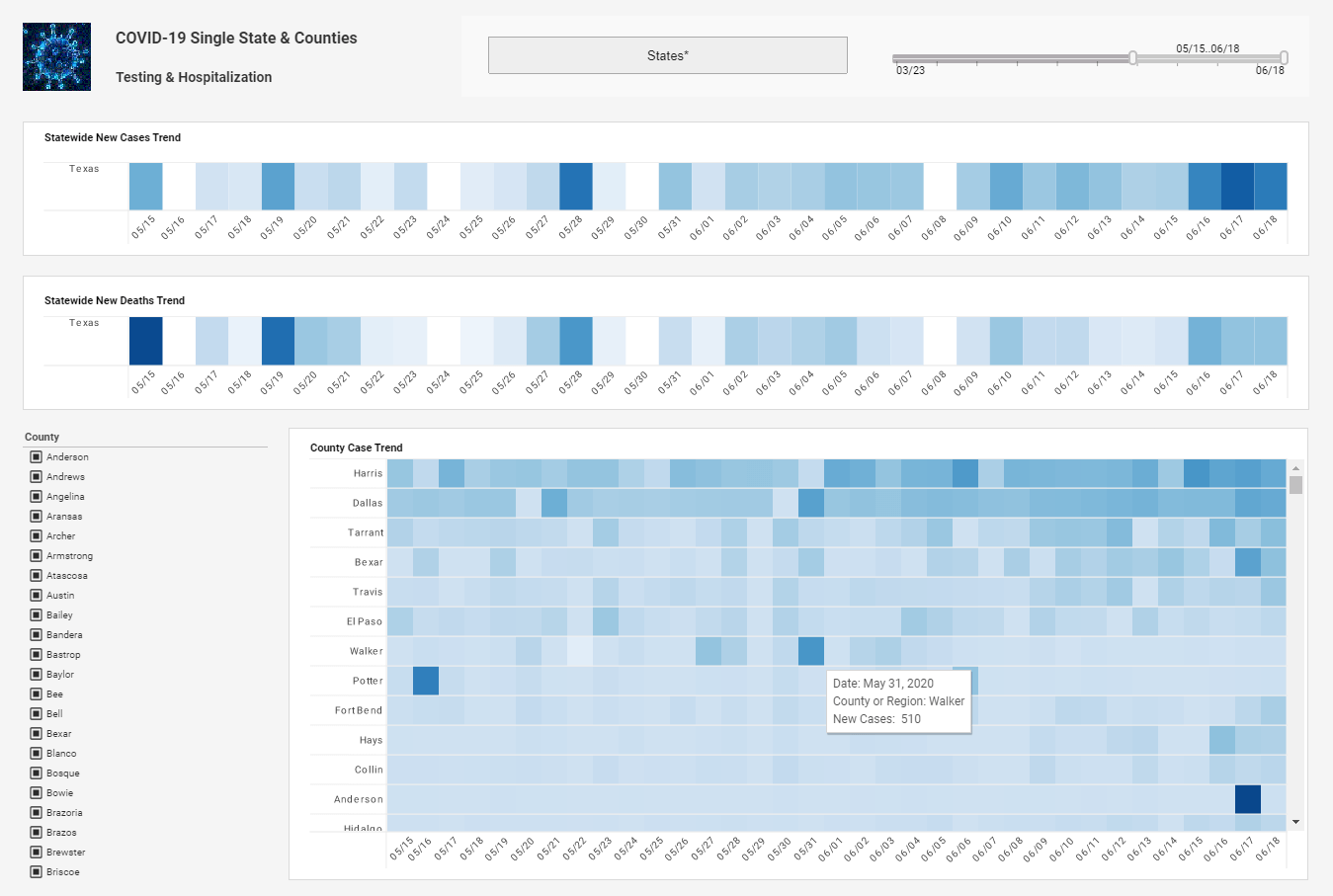Executive Strategy Planning
This is the continuation of the transcript of an in-person customer seminar hosted by InetSoft on the topic of "Ingredients for a Performance Management System to Succeed." The speaker is Christopher Wren, Principal Consultant at TFI Consulting.
Here is an interesting story from an executive strategy planning meeting. We were doing one of these workshops, and we finished introducing ourselves, and then up stands a person named Mary. And Mary looks at me straight in the face, and she says, “Frankly, I think you are wasting my time. I should be down on the shop floor with my people. I am not in strategic planning. I don’t know anything about performance measures. I think this is going to be a waste of time.” “Thank you, Mary.”
Now we are going to Ken, and here is what he has to say, two days later, our senior vice president came in to give a presentation on how the shop floor works. About half way through, up goes Mary’s hand. She says that’s not the way it works at all. So for the next 10 minutes Mary holds court on exactly how the process works.
Guess what happened to Mary? A light bulb went on. She confided in me later. She apologized for having ruined my day. She says, “I have been here five years, and nobody has ever asked me what I think before. I am an expert in the shop floor.”
| #1 Ranking: Read how InetSoft was rated #1 for user adoption in G2's user survey-based index | Read More |
The Aha Moment
Well, next week, Mary comes on with all this information that the people who work for her gave her so she could make another contribution at the workshop. She figured out this was the train to be on. This was her opportunity to get her voice heard. And guess what, she made a difference in this process, and that was the ‘aha’ moment. That happens all the time, and you can’t predict it. You don’t know who it’s going to happen to. But you can see the light bulb going on in the room as folks start getting it.
You have to trust the process, by the way, rule #1, because for many folks, all of the stuff doesn’t connect mentally in one bite of the apple, which is why we break it into a series of steps where the output of step one is the input to step two and so on. The only way to do this, we have found, is to get people on board and get them buying in not because we tell them they have to buy in, because there is an emotional tie that they build mentally to the process. So you have to trust the process.
Here is the way we do it. We will take something called strategic management team which is made up of leaders and managers, usually the CEO, his or her direct reports, and that’s usually defined as the management team, plus the head of HR, plus the head of IT, plus anybody else who is a subject matter player at a high level.
That’s where we do the visioning stuff. The roof of the house, these are the roofers. These are the folks who we are going to give the job of putting the shingles up and making sure the angles are right and stuff like that. Then what we do is have a series of teams, one for each strategic theme. One of the outputs of this group is the strategic themes and the strategic results.
Now we’ll meet with these folks in separate workshops and build the objectives and the strategy map. And then we’ll go back after that to these folks and say, “Here’s what we did.” And the balanced scorecard champions float between these two groups, so we don’t get sideways with senior leadership when we are down here working with less than senior leadership folks.
 |
View live interactive examples in InetSoft's dashboard and visualization gallery. |
How long does the process take?
How long does the process take? It takes us eight weeks. Eight to 10 weeks is typical. Can it be faster? Yes, we’ve built it as fast as six weeks. What other advice would I give? Don't overcomplicate. This would be my advice.
When you use performance management tools, the only software that I am using in this process is an access database that we use to enter all this information, and then we give that to the clients. So when they are done, they can put it into their performance measurement system with one import. It’s ODBC compliant.
But that’s the only software. See that flipchart? That’s still the top tool of our trade, that old flipchart right there because that’s the best way we have found to facilitate and build consensus and get people all nodding their head before they leave the room. So don't overcomplicate this stuff, folks, because you’ll lose people if you do so.
All right, let’s talk about some best practices. I am always leery of best practices because there are a lot of other folks out there who do this well, as well as we do, and they’ve got best practices. So whose best practices are best? So I am going to share our best practices with you and then leave it to you and to others to share their best practices with you because I think, again, beauty is in the eye of beholders here.
| Previous: Balanced Scorecard Creation | Next: After the Balanced Scorecard |


